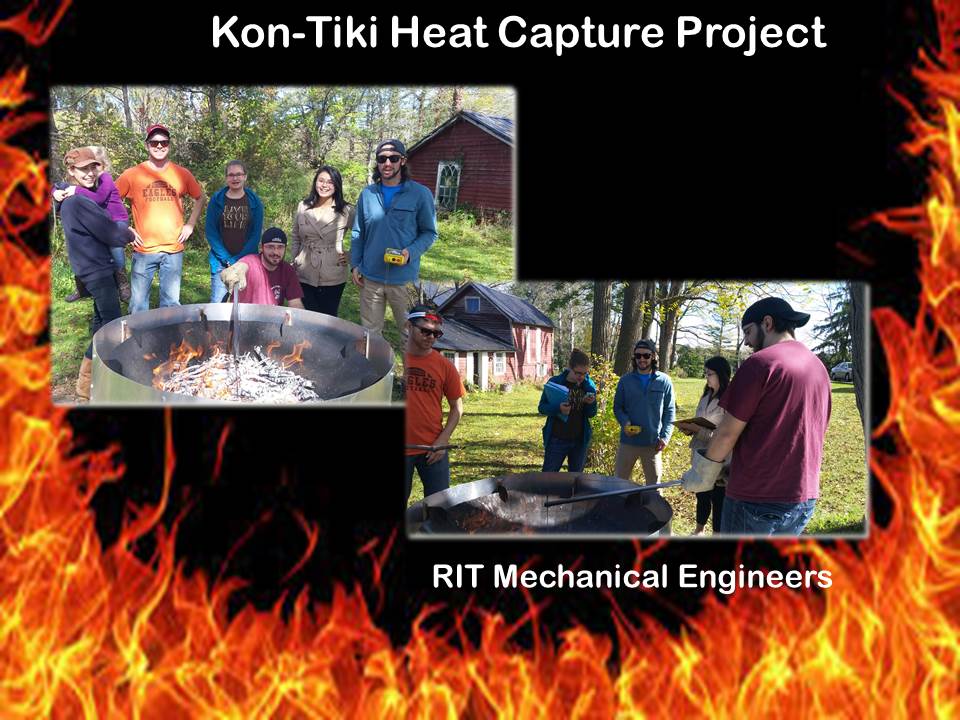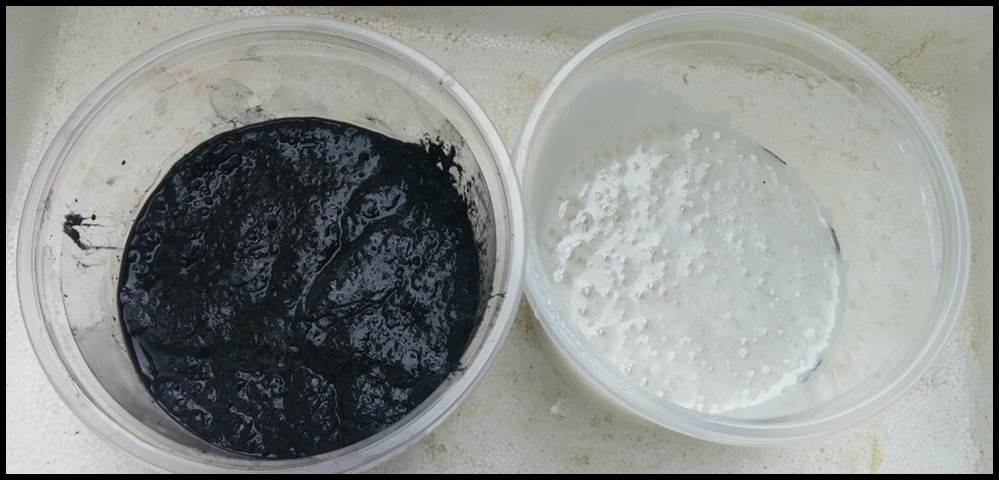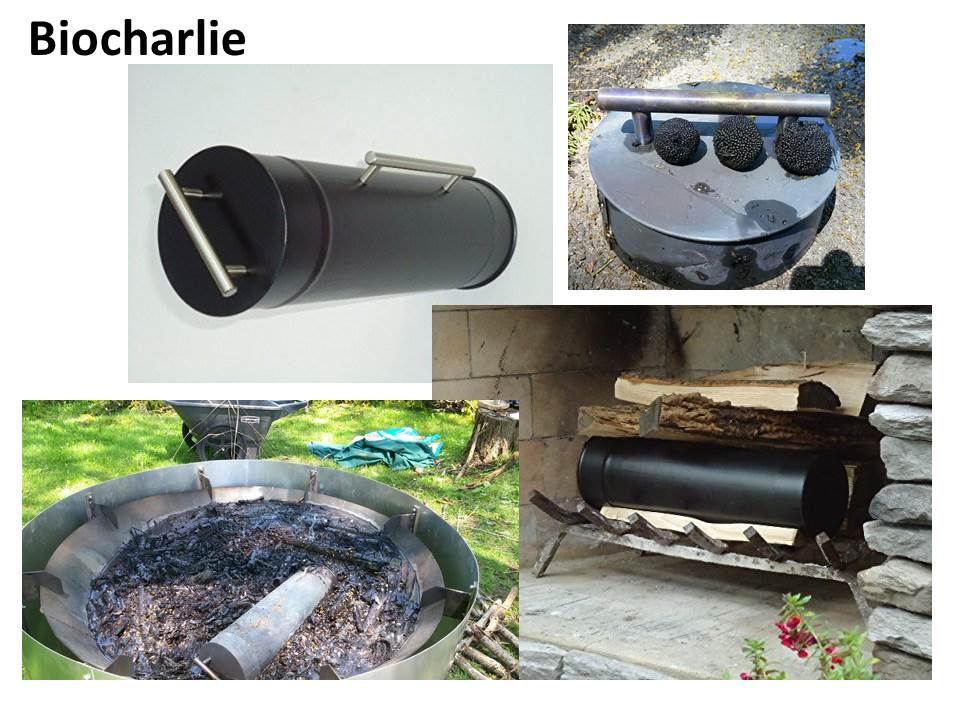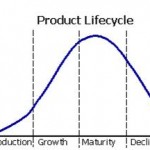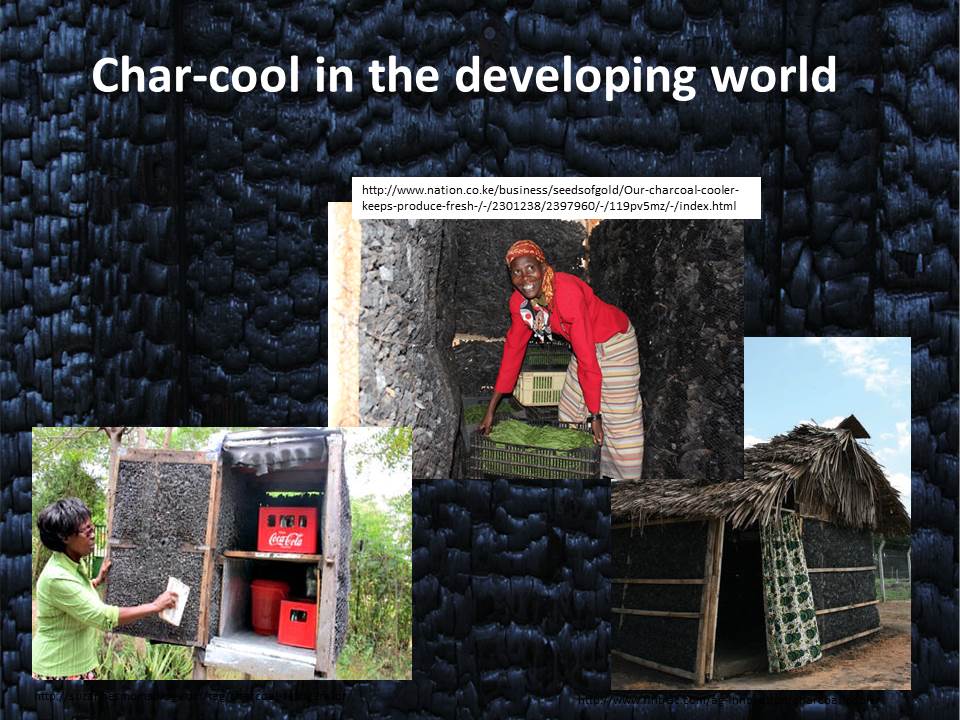
Acid rain has been on my mind of late for a few reasons. Firstly, the recent Supreme Court case ruling against regulating power plants means that power belchers may continue to pollute our air ad nauseum -and I mean that quite literally – for the foreseeable future. Secondly the 9th Annual Conference on Acid Rain will be held right in my backyard this fall – probably because my region is one of the areas heavily impacted by acid rain.
In all fairness many of us must shoulder some of the blame for this pollution as consumers of electricity and drivers of gas powered vehicles. Much as we all love these industrial age conveniences, the negative environmental consequences are numerous and nefarious. However, with a concerted effort, I do believe biochar could play a substantial role in counteracting at least some of these negative impacts. Let me explain…
While pure water has a neutral pH (i.e. 7), normal rain water is actually mildly acidic (~pH 5.6). Acid rain, on the other hand, is rain water that has a very low pH, typically around 4.0 or below. The acidity and other noxious chemicals found in acid rain (e.g. mercury, NOX, SO2, etc.) are largely from smoke stakes from coal burning power plants or tail pipes. Unsurprisingly this has an enormous impact on soils, water bodies, flora and fauna (including human health) and even on the lifespan of limestone buildings! Allow me to unpack this a little bit to understand how biochar might be of help.
Soils exposed to acid rain can become more acidic (although this is not true for alkaline soils). Acid rain can damage fine root hairs, impact nutrient availability, mobilize toxins such as copper and lead, and release aluminum which is not only toxic to plants, but when leached into local water bodies has been known to kill fish by the boatload. Trees, especially those up in the mountains, and especially pine trees that have densely packed year-round foliage, suffer by means of slower growth, reduced resistance to injury, pests and pathogens as well as by early death.
Biochar can help the soils in a number of ways. As it is normally alkaline, it can help reduce soil acidification. It can also help prevent mobilization of toxins and nutrient leaching. Various research papers have shown that biochar can be used to neutralize the negative impact of aluminum in soils as well. But it also might be able to help rebuild forests already damaged as an increasing number of studies on perennial crops have shown that biochar in soils can help improve early growth and survivability of trees.
Dead and dying lakes are another major consequence of acid rain and the number of them has been rising since the 1980s. When the pH of a lake, river or stream changes too much, aquatic animals can no longer survive causing huge die-offs (this is also caused by the aluminum leaching). While there are ways to reverse this by what is called ‘lake liming’, it is not without considerable cost. As an example, one small pond in New York recently received 80 tons of lime delivered via 120 helicopter trips to try to temporarily counter balance the effects of acid rain (more info here) and keep the stocked pond alive.
I’m thinking that a better solution would be to have a few dozen Kon-Tiki kilns around impacted ponds and lakes and have rangers and campers char through some of the forest prunings which will not only reduce fire risks but the biochar could be used instead of lime to neutralize the water’s (or the soil’s) pH. Think of all the money saved, not to mention fossil fuel and labor getting that lime up there!
The lake I grew up on hosts an annual “Ring of Fire” event around Labor Day where cottagers light flairs (used to be candles floating on paper plates). Imagine converting such an event into a much more sustainable and earth enhancing all day event were neighbors scavenge forest debris, cook on kilns for their family and friends and then ‘sacrifice’ the biochar to the water and/or soil to help heal the damage.
No doubt lots more research is needed in this area, but it could be a very interesting way of rebalancing not only carbon, but reversing environmental damage caused by the use of fossil fuels.

